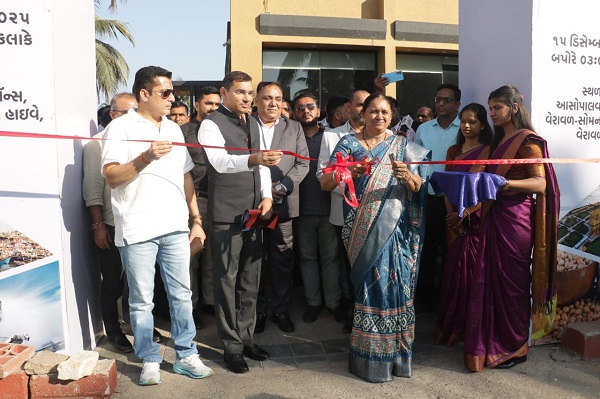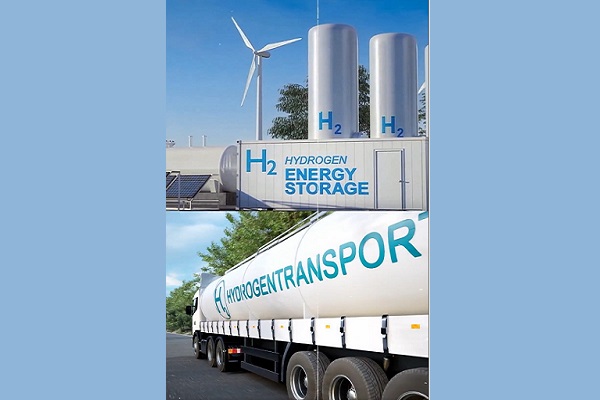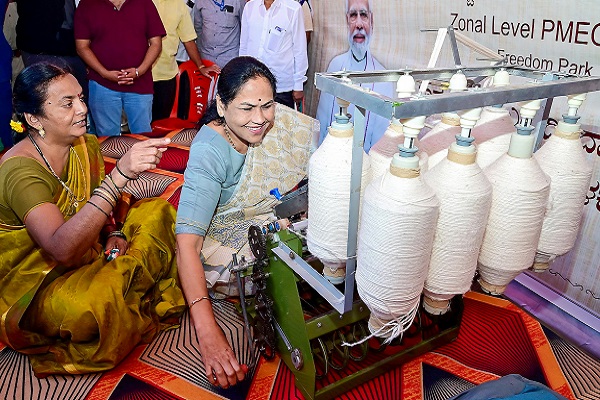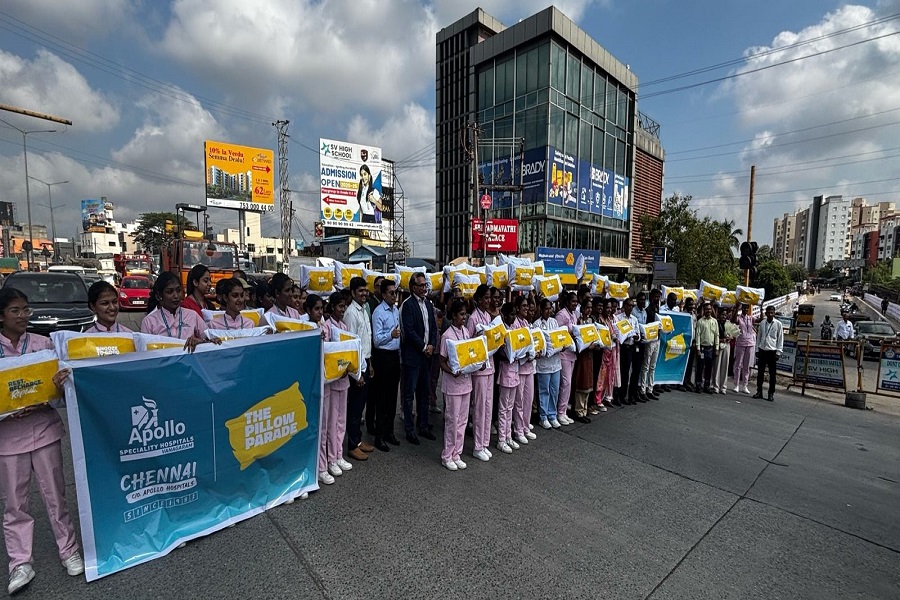SBICAPS Report on E-Mobility Charging the Ecosystemic EV-olution
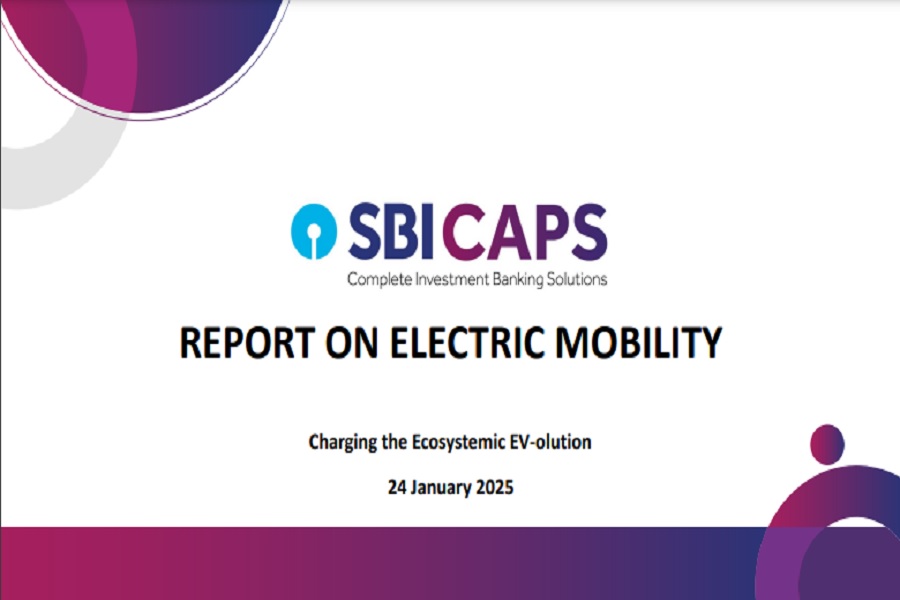
‘EV’olution of the auto industry – will the first vehicle of most Indians be an EV in the next decade?
The EV revolution is in full throttle—1 in 4 vehicles sold globally in CY24 was electric, a leap from 1 in 40 just five years ago. Lower operating costs, cushioned by tax breaks and subsidies, have made EVs more accessible despite higher upfront prices. Add to those technological improvements leading to improving range, reliability, and safety, and the shift from fossil fuels feels unstoppable. India is catching the EV wave, with penetration rising from <1% in CY19 to ~7.4% in CY24. With low vehicle ownership and unique growth drivers, India has a chance to leapfrog, making EVs the first car for many, just as it skipped 3G for 4G. By FY30, EVs could hit 30-35% of annual sales, though ICE vehicles will still dominate the roads, coexisting with EVs for years to come.
Is the road from ecology to economics paved with too many incentives? Or is India’s auto industry approaching a green light?
India’s EV boom rides on a web of incentives: 5% GST vs. ~28% for most ICEs, lower road taxes in many states, FAME and PM E-DRIVE subsidies, and cheaper operating cost when using electricity compared to petroleum products thanks to a favourable tax structure. Add import duty rebates (SPMEPCI) for global EV giants setting up locally, and the ecosystem thrives. So, is the ecosystem being too dependent on incentives? Not really. India’s EV incentive game is smartly targeted—PM E-DRIVE boosts specific vehicle classes and expands support for charging infrastructure. SPMEPCI zeroes in on cars, where penetration lags. Plus, with global tech breakthroughs already paving the way, India can readily adopt mature solutions without reinventing the wheel.
All roads do not lead to Rome – each vehicle class will electrify its own way, and personal cars represent the final frontier for electrification
EV adoption varies widely by category, with 2W and 3W leading the pack. The reasons? Commercial use cases with high mileage benefit from lower running costs, shortening the payback period for cost-sensitive buyers. Smaller batteries reduce charging time, and in many cases, are even removable for home charging. These advantages drive higher penetration in 2W (especially in lower-income states), 3W, and e-buses, leaving 4W trailing behind. Private cars are a unique EV segment, where performance, design, comfort, and safety often outweigh cost. With lower lifetime mileage, TCO savings matter less, slowing the shift to BEVs. PHEVs, offering both ICE and EV capabilities, are gaining traction, especially in markets like China. Auto giants retrofitting popular ICE models into EVs to cut costs and ease adoption may remain a trend. However, mass EV adoption hinges on advancing battery technology and charging infrastructure.
Will incumbents upend global trends to electrify the Indian auto sector?
Or will pure-play EV makers rule the highway? In global EV hubs like China, the US, and Europe, specialists like Tesla and BYD dominate, leveraging their tech-first approach while ICE giants play catch-up. In India, however, incumbents lead the charge. Why the regional contrast? In India, cost matters as much as tech, favoring incumbents who can simply retrofit ICE models into EVs, backed by cash-rich parents and minimal brownfield capex. Pure-play EV startups, needing hefty greenfield investments, face steeper challenges. With global R&D already perfecting EV designs and batteries commodified, India's late-market entry leaves little room for innovation or first-mover advantage once demand scales up.
EVs as a sum of auto parts: battery and charging infrastructure development critical for staying on track
Batteries and electronic drive units, making up ~50% of an EV's cost, are key differentiators from ICEs. With China dominating cell production and critical minerals, localising the battery ecosystem is vital. India’s PLI for ACC aims to address this. Currently, OEMs outsource ~75% of their battery needs, but backward integration is set to push this to ~50% by FY30, driven by alliances and JVs rather than purely organic efforts. India’s charger density lags global standards. Of 25,000+ chargers, only a fraction are fast. Currently, CPOs enjoy high margins due to favorable demand-supply dynamics, but a race for prime charging hotspots looms, with margins hinging on land costs and utilization. OMCs, leveraging petrol pump locations, are partnering with auto majors to hedge ESG risks. While BaaS faces standardization hurdles, it holds potential for e-truck fleets.
Financing opportunities lie along the highway, not on it. Innovation in the funding ecosystem the need of the hour
Major OEMs have announced over Rs 1 trn in capex to transition to EVs, primarily driven by incumbents leveraging strong cash reserves. However, the real investment opportunities lie within the EV ecosystem. Approximately Rs. 500-600 bn in capex is expected to achieve ~100 GWh of EV battery capacity by 2030, while another Rs. 200 bn will be required to expand public charging infrastructure to 90,000 chargers by FY30. On the financing front, EV consumer lending remains underdeveloped, with limited participation from banks due to high LTVs and the lack of a robust secondary market. Developing comprehensive lending policies across the EV value chain remains work in progress.
Above views are of the author and not of the website kindly read disclaimer





